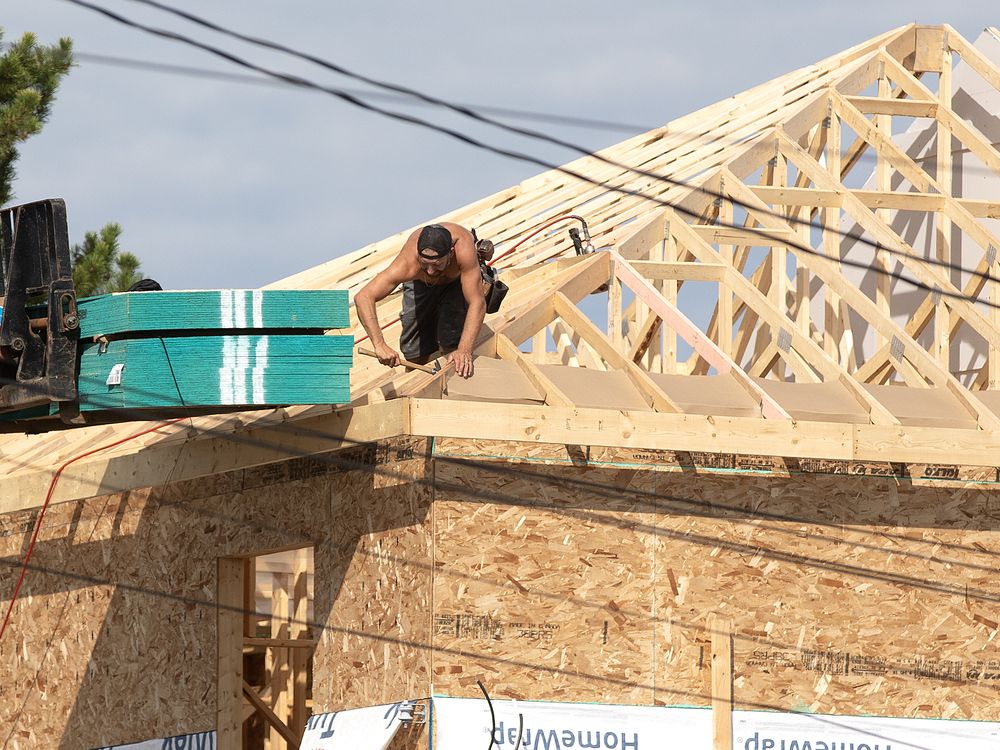Why Trans Mountain wants to expand when the oil pipeline isn’t even full

Trans Mountain Pursues Methods to Increase Oil Export Capacity
Just over a year after completing the construction of the Trans Mountain expansion oil pipeline, the Crown corporation is actively seeking ways to boost the amount of oil that can be exported. Despite the pipeline not operating at full capacity, Trans Mountain officials are exploring two different approaches to increase the volume of oil transported.
The $34-billion expansion project, which commenced oil transportation from Edmonton to the Vancouver area in May 2024, is currently running at around 80-85 per cent of its total capacity. Originally, plans to consider pipeline enhancements were scheduled for 2028, but the timeline was expedited due to rising oil production in Alberta.
While the physical size of the pipeline will remain unchanged, Trans Mountain is investigating the use of drag reducing agents to facilitate the transportation of more oil. Additionally, a second project involves constructing more robust pumping stations to propel a greater volume of oil through the pipeline.
According to Todd Stack, the chief financial officer of Trans Mountain, the implementation of drag reducing agents is expected to yield a 5-10 per cent increase in capacity, equating to approximately 50,000-85,000 extra barrels of oil per day. On the other hand, enhancing pumping power would be a pricier endeavor, estimated at $3-4 billion, and would entail a longer construction timeline.
Stack expressed confidence in funding the optimization projects, emphasizing that profits generated from current operations or additional debt could cover the costs. The final decision to proceed with the projects hinges on approval from the federal government.
The expanded Trans Mountain pipeline currently boasts a total capacity of 890,000 barrels and is projected to return $1.25 billion to Ottawa through interest, fees, and dividends by year-end. Despite operational success, the export terminal in Burnaby, B.C., is operating below its full capacity, loading vessels to only 70 per cent due to shallow waters in the Burrard Inlet.
To accommodate fully loaded oil tankers, preliminary dredging work in Burrard Inlet is underway. The surging oil production, driven by the burgeoning oilsands industry in northern Alberta, is expected to reach record levels this year with a five per cent increase in output from 2024.
Pipeline companies like Enbridge and South Bow are also exploring ways to export oil using existing infrastructure to mitigate potential export constraints by mid-2027. With proposed improvements by Trans Mountain and other pipeline operators, there should be sufficient capacity to export oil from Western Canada for the next five years.
The completion of the Trans Mountain expansion project has significantly bolstered Western Canadian crude oil export capacity and export capacity to tidewater in Western Canada, as per a recent report by the Canada Energy Regulator. The pipeline has also led to a notable decline in Canada’s crude-by-rail exports.
Recent data from Statistics Canada reveals a substantial increase in oil pipeline shipments from Alberta to British Columbia following the completion of the expanded Trans Mountain project. As the energy landscape evolves, Trans Mountain remains committed to enhancing oil export capabilities for the benefit of the Canadian economy.




